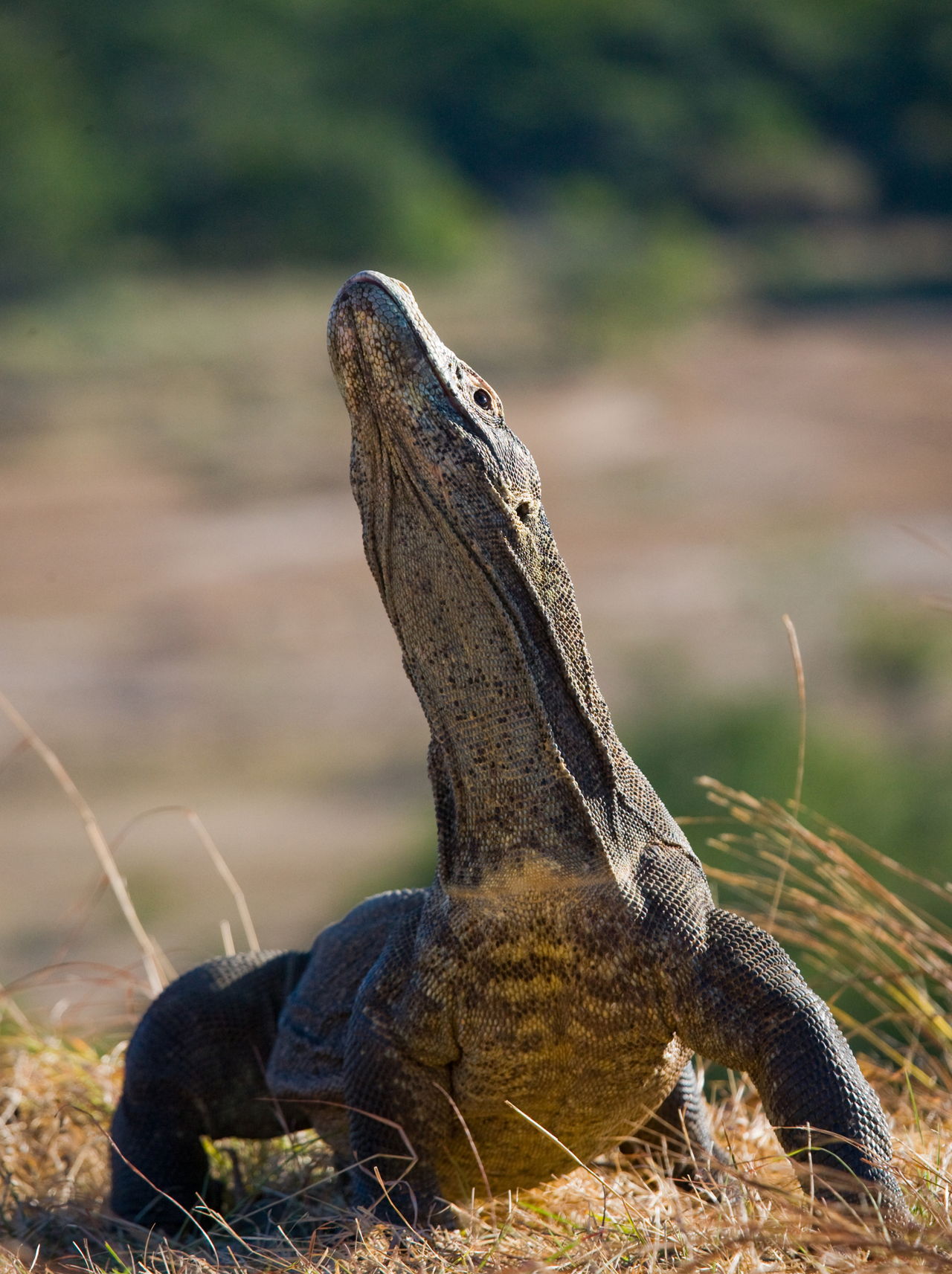

On Komodo, however, people don’t venture into the hills unless strictly necessary.

Locals on neighbouring Flores island tap these palms to make a sort of arak with the unlikely name of sophie.

They are stubbled with prehistoric-looking lontar palms. Now it is up to the administration to ensure that they continue to flourish on ‘their’ islands.Then the sun-burned, savannah hills of Komodo island rise on the horizon, appearing more African than lush Indonesian. The species has been enlisted as a ‘Vulnerable’ species in the IUCN Red List of Threatened Species. Poaching and loss of habitat have already started showing its effects on the Komodo dragon population. But for how long they will be able to stay off the human radar is difficult to say. The arid habitat of the Komodo dragon is unsuitable for human habitation and that’s the only reason that the species has been able to survive human onslaught till date. In fact, the young ones spend the first few years of their life on the trees, avoiding adults of their own kind that are known to prey on them. Other than that, they can also climb trees, dive, and swim. These reptiles can sprint for short distances notching speeds of up to 15 miles per hour, which comes handy when hunting in a region which is more or less a barren land. In addition to their sharp claws and serrated teeth, these lizards are also armed with toxic saliva that can kill their prey within a few hours that’s ‘if’ it succeeds in surviving the brutal assault in the first place. If at all they do, they either resort to carrion, or go to the extent of hunting their own kind. Being the lone apex predator in this region, the species seldom experiences food shortage. Otherwise a solitary species, the Komodo dragons are only seen in groups when they are hunting or feeding. While they prefer hunting deer and small mammals, they can also bring down large animals, like a full-grown water buffalo, by hunting in groups. Komodo dragons feed on water buffaloes, deer, wild boars, snakes, and other small animals found in their natural habitat. How the Habitat Affects their Diet and Behavior And even though the monsoons do hit the island chain for a very short period, even that causes the islands to flood and adds to their woes. Other than water shortage for most part of the year, the species also has to tackle frequent volcanic eruptions, soaring temperature, and cannibalistic behavior of fellow individuals (in times of food scarcity). They do step out in search of food at night, but such instances are very rare. Being a diurnal species, the Komodo dragons are most often seen active during the day. When the temperature falls, the cold-blooded creatures are seen basking in the sun all over these islands. When the temperature becomes unbearable, these dragons dig burrows using their sharp claws and take shelter. The region virtually goes dry between March and November, and that’s where their ability of surviving without water for a long period comes into the picture. These islands face a severe scarcity of water as it only rains here for about a month or so in December. With the normal temperature on these islands typically exceeding 80 ☏ahrenheit, the region is considered one of the harshest places on the planet. Komodo dragons inhabit the arid volcanic islands in the Indian Ocean. The gigantic size, clubbed with their serrated teeth and sharp claws, helps them dominate their natural habitat, taking down and feeding on anything that they come across carrion, snakes, and fellow dragons included.
#Comodo dragon habitat full
A member of the monitor lizard family, the Komodo dragon is known for its enormous size attaining a length of around 6-10 feet and weighing somewhere between 140-160 lbs at full growth. The Komodo dragon or Komodo monitor ( Varanus komodoensis ) is the largest of the 5600 odd living species of lizards. The existence of these lizards was not known until the Europeans bumped into them in 1910, but thanks to the numerous studies carried out over the last hundred years, today we are aware of some of the most fascinating attributes of their life–their habitat being one of them. The Europeans got to see something that they had never dreamed of – a lizard species, which was bigger than the average adult human. In 1927, when the Reptile House at London Zoo opened, all eyes were on the two Komodo dragons that were brought there from their native habitat in the far east.


 0 kommentar(er)
0 kommentar(er)
